Rosette succulents are well known among succulent lovers as they resemble a rose flower. It is not hard to identify a rosette succulent among other succulent varieties.
These succulent leaves form clusters in an upwards circular pattern. They could be over lapping and layered too. This helps to maximize the energy gain of the plant as well as to tackle the amount of sunlight the plant gets too.
Aloe, Echeveria , Haworthia and Aeonium are some of the rosette plants which fall under different genera. Here we will have a deep look on Echeveria since most of its characters are the same as other rosette succulents.
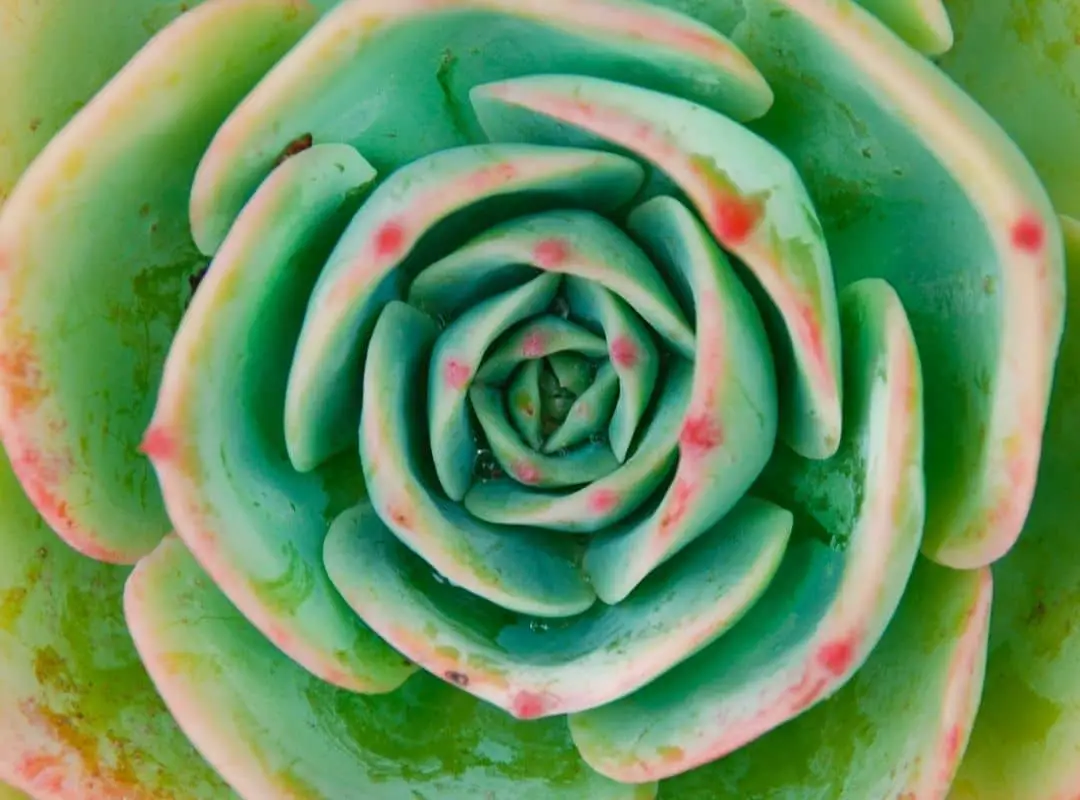
How do I identify a rosette succulents
They form a compact mass of leaves in a striking pose. They are radially symmetrical and could be colored and textured too. So, it is obvious that rosette type succulents are famous among the succulent plant lovers above all.
Having said that, it is important to care for them and provide them with their necessities so that you will see how your plant flourishes.
How do you take care of a rosette succulents
You should ensure doing the same care treatment which you do for the common succulents for the rosette type succulents too. Further you could provide the same regular succulent growing conditions also for rosette type succulents. Make sure that you provide adequate room for them with bright sunlight along with good ventilation.
When you provide them the soil mix, ensure that it is a well-draining one. You should water them infrequently as if no rot could occur.
It will be somewhat difficult to clean the leaves due to its radial and overlapping design of the foliage. You may use a brush or a long tweezer to clean the dirt of the plant.
If we take a rosette type succulent like Echeveria , it will bend towards one direction if it lacks sunlight. Hence, keep in mind to rotate the plant so that it could get enough sunlight and grow well. You could do this once a week for better results.
The oldest leaves of the rosette type succulents will turn brown. Over time, it could be dry and crispy too. It is a natural activity and that in fact safeguard the plant from intense heat as well as from cold temperature. Those leaves will fall on the ground naturally. However if you wish to do this manually, you can take them off, but don’t forget to peel them without harming the plant.
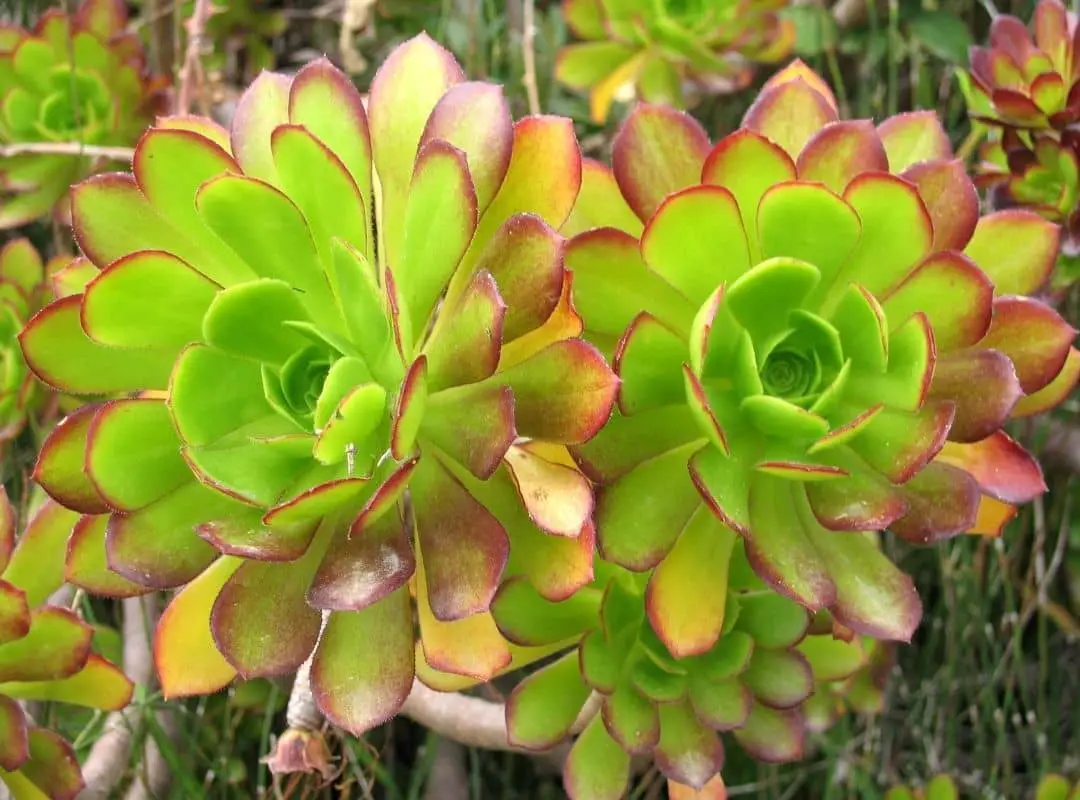
Size of a rosett type succulent
If we take Echeveria as an example, they remain to be less than 3-4 inches in size when they mature. Their leaves are also formed in a rosette pattern and they are blue green in color.
Flowering would take place in spring and they would be pink and yellow. However, the size of the rosset type plants depends on their species. It can be as small as Echeveria or as large as aloe plants.
On the other hand most rosett type succulents are not fuzzy plants and they are easy to maintain. They would be happy with partial sunlight and with thorough watering. You should not water them often though.
Light Requirement
Rosette plants require full sunlight when we grow them outdoors. If you grow them indoors, ensure that you establish them near a sunny window. If you experience some intense heat conditions ,it is better to protect the plant from the scorching sunlight especially during the noon time.
If you have to move your plant from indoor to outdoor, expose the plant to sunlight gradually without exposing them to sunlight at once. If you do so, the leaves will burn. t. You could increase the amount of sunlight they get from day to day.
When a plant cant fulfill its requirement in sunlight , it will make them a compact rosette. In case, your echeveria tends to stretch towards one direction and gets taller , it tries to indicate that it lacks sunlight.
Temperature and humidity
The ideal temperature for a rosette succulent would be between 65º – 70ºF. They won’t prefer the temperatures below 50ºF. They are hardy outside in higher temperatures.You should grow Echeveria as an indoor plant during winter times. You could take them outdoors during summer.
If they do not get frost, it would be safer to bring the plants outdoors. They would like a sunny spot in a rock garden.
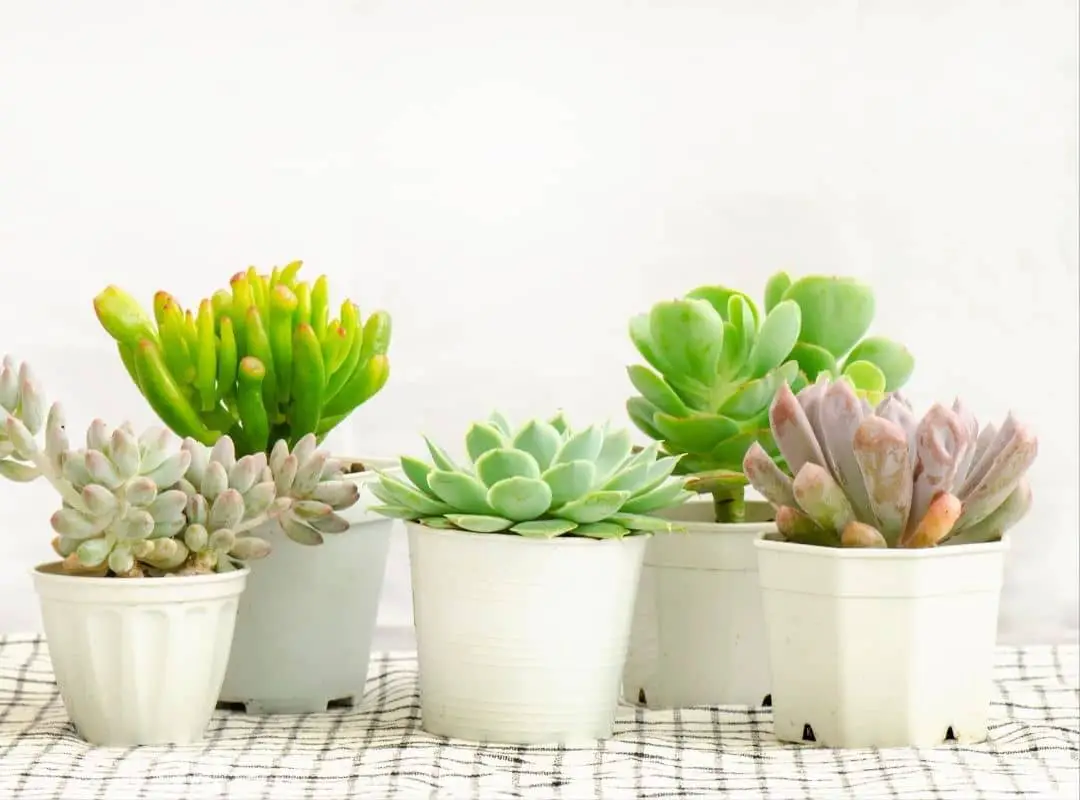
Is it cold hardy
This factor totally depends on the species requirement. But, most of the time rosette succulents are warm lovers.
Zone
They would prefer to grow in USDA zones 9-12
Watering Requirement
Regular watering is essential for rosett to grow well during spring and in summer if you have grown them outdoors. Consider that you grow them in containers, , then make sure that it contains a well-draining soil mix. You could use a special cactus and succulent soil for that. That would be a fabulous fit.
rosett do not prefer to be in wet conditions. Therefore, minimize watering in winter months when the plant is in dormancy. It literally doesn’t consume its stored water for any of its activities. Hence why we need to cut down on watering during this period.
When it is a normal season and when you have them grown outdoors, provide it a good soaking and then let the soil dry out before you resume watering again. If the summer conditions are so intense, adjust your watering accordingly.
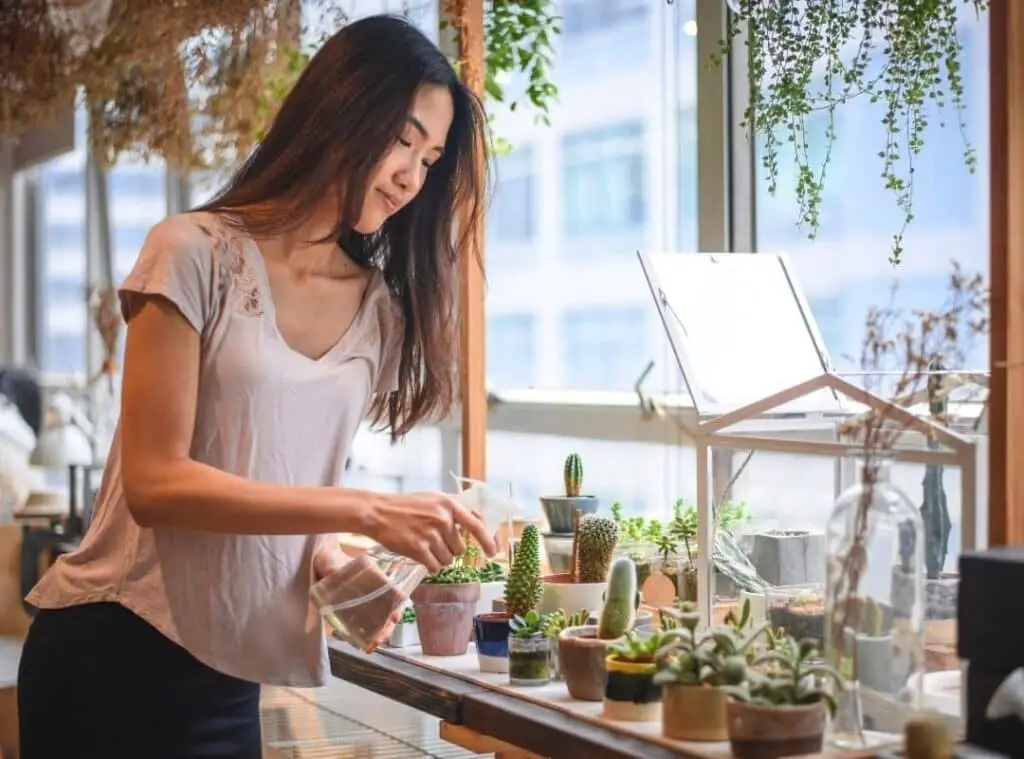
Soil Requirement Type / pH
you have to choose the correct soil for rosett to grow, ensure that it is a well-draining one. You should use a standard all purpose potting mix with some grit added. You could use a cacti mix too if you wish. To reiterate, do provide them with a well draining soil mix. So that it will help to aerate the soil and give sufficient room for it to grow.
Ideal Ph should be acid, alkaline or neutral.
Pot size Potting
When it comes to pot sizes, the perfect pot size for the succulents would be slightly bigger than the size of the plant. if we take a rosette type succulent which is about 3 inches in size, they could fit it in a 3.5-4 inches pot.
Where to Plant
We could grow them indoors in cute looking containers and in pots. Further they could be a great fit for home interior and exteriors as well. Also you can plant them in your outdoor home garden too.
Fertilizer and time of year
These plants require minimum care for the growth. What ascertain this is that we do not need to fertilize them frequently. rosett usually grows in natural soil which contains sufficient nutrients. If you still wish to fertilize them, do it in the growing season and best is to utilize a weak liquid fertilizer.
Dormancy
It Depends on the succulent species .
Can be toxic to pets
Many rosett are completely non toxic to pets such as cats and dogs. But some plants like aloe can be toxic to pet
Handling the plant
When you handle the plant, you simply have to fulfill its main necessities such as light requirement, providing the correct soil mix and continue watering them as appropriate.
Common bugs and illness issues.
rosett could get specially mealy bug attacks, in leaf axils. Further aphids could also trouble these plants too. You should take off the withered leaves and trim the bloom stalks. Moreover, you could use 70 % isopropyl alcohol to spray on them too.
How do you propagate a rosette succulents
we could use the leaf cutting method for propagation of rosett . It is a very simple process. First of all, leave a leaf to callous on the end. After that, locate it in some perlite sand or in some seed starting mix.
You can lay the leaf on the ground. Alternatively, you could insert the tip. These two options will work. Over time, you will see how the baby echeverias grows out of the calloused end of the leaf.
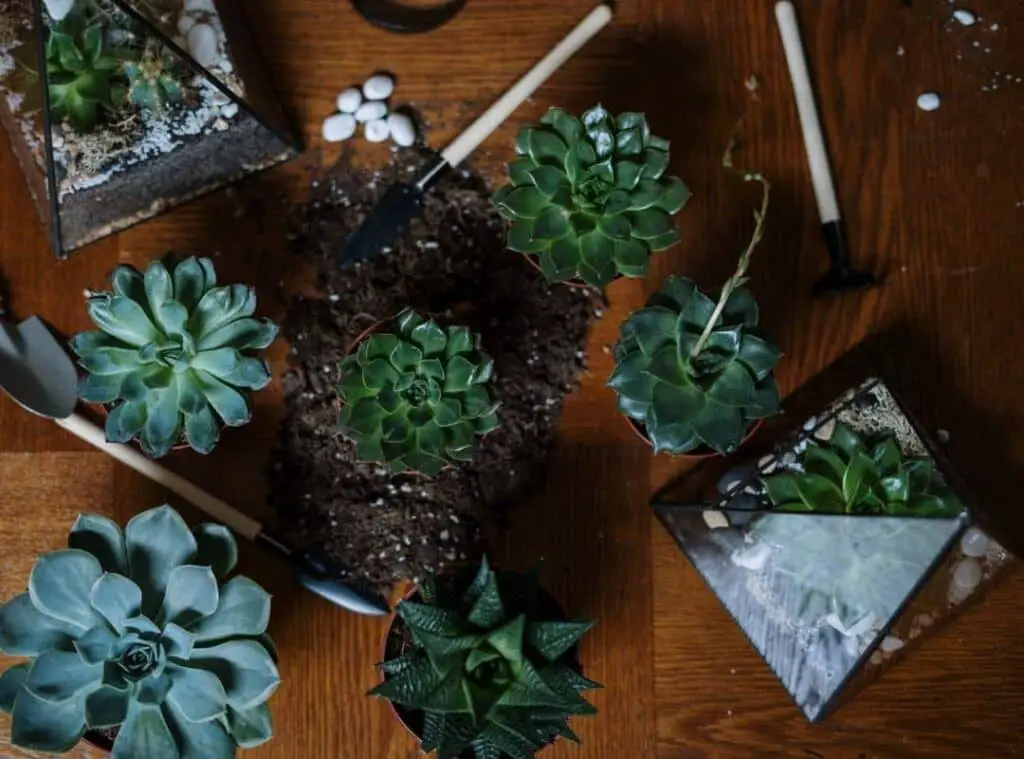
How do you repot a rosette succulents
The best time to proceed with repotting is the springtime when it is essential to do. Just like with other succulents, keep the plant until it gets dry and take it from the pot smoothly without harming the plant. You can take off the dead leaves from the bottom of the plant. Have a look at the roots to check whether they are pot bound.
If the conditions are such, remove the old soil along with any rotted or damaged leaves, roots. You may use a fungicide to heal those. You should do the repotting in a new potting mix. Best is to utilize a pot which is 1/3 larger than the previous one in which it was grown. That will let the roots to spread out.
Refrain in watering for a few weeks as you need to give it time to settle in the new home. Echeverias could drop its leaves at the bottom of their plant in winter. Hence, after several years, plants will lose their graceful and enchanting looks. This is the time when you need to re root them or propagate them despite whether they are pot bound or not.
Rosette succulents plant benefits
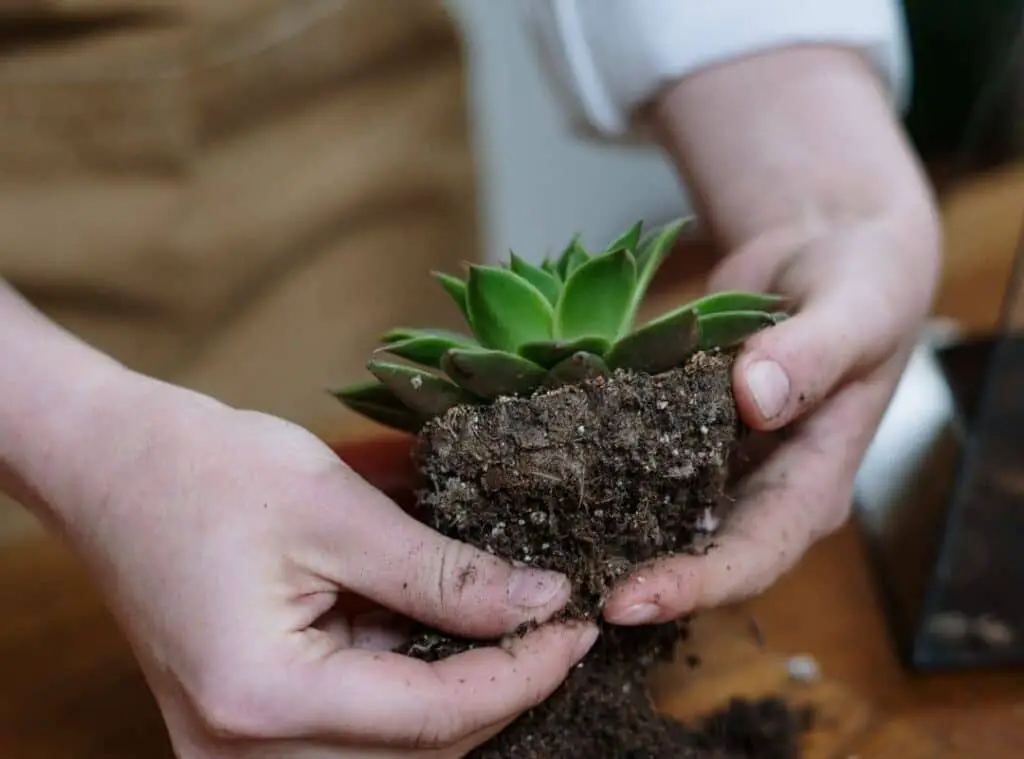
Their easy maintenance is one of the significant benefits of the rosette type succulent like echeverias. They will be the first choice if someone is a fresher in gardening.
Secondly , they will be very useful in making gifts. Once you plant them in cute looking pots with their magnificent looks , they will be very handy in using them as birthday gifts. It will spread a positive vibe for months to years.
Affordability is the third benefit. Lot of people can afford to buy them as they are not costly.
Easy care they need is another benefit of rosette succulents. In fact they are slow growers and thus, we would need to repot them only once in a few years.
FAQ
Is Rosette succulents an indoor plant?
They could grow well indoors. They would be handy to grow in cute looking containers, and in rock gardens as well. . Given that they get their light requirement fulfilled along with other requirements, they will turn out to be great house plants. Especially during winter times if you grow them outdoors, ensure that you take them indoors.
Is rosette succulents toxic
Many echeverias are completely non toxic to pets such as cats and dogs.
Do rosette succulents need direct sunlight
It is not mandatory to give them direct sunlight, but rosette requires full sunlight when you grow them outdoors. If you grow them indoors, ensure that you establish them near a sunny window.. if you experience some intense heat conditions ,it is better to protect the plant from the scorching sunlight especially during the noon time.
If you have to move your plant from indoor to outdoor, expose the plant to sunlight gradually without exposing them to sunlight at once. If you do so, the leaves will burn. . You could increase the amount of sunlight they get from day to day.
In case, your echeveria tends to stretch towards one direction and gets taller , it tries to indicate that it lacks sunlight.
Should I mist my rosette succulents?
You should not misting on the rosette type succulents as you should refrain from dropping water on the leaves. Unless, rooting could take place. Apart from that, pests could also invade the plant. Hence, be vigilant.
Read Next : 10 Poisonous Succulents For Humans And Pets With Safety Guide
